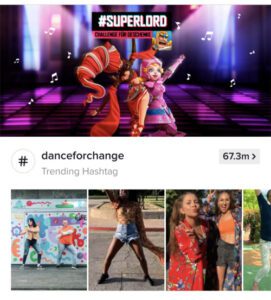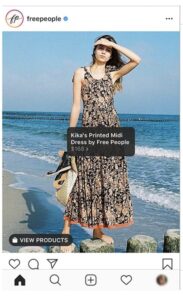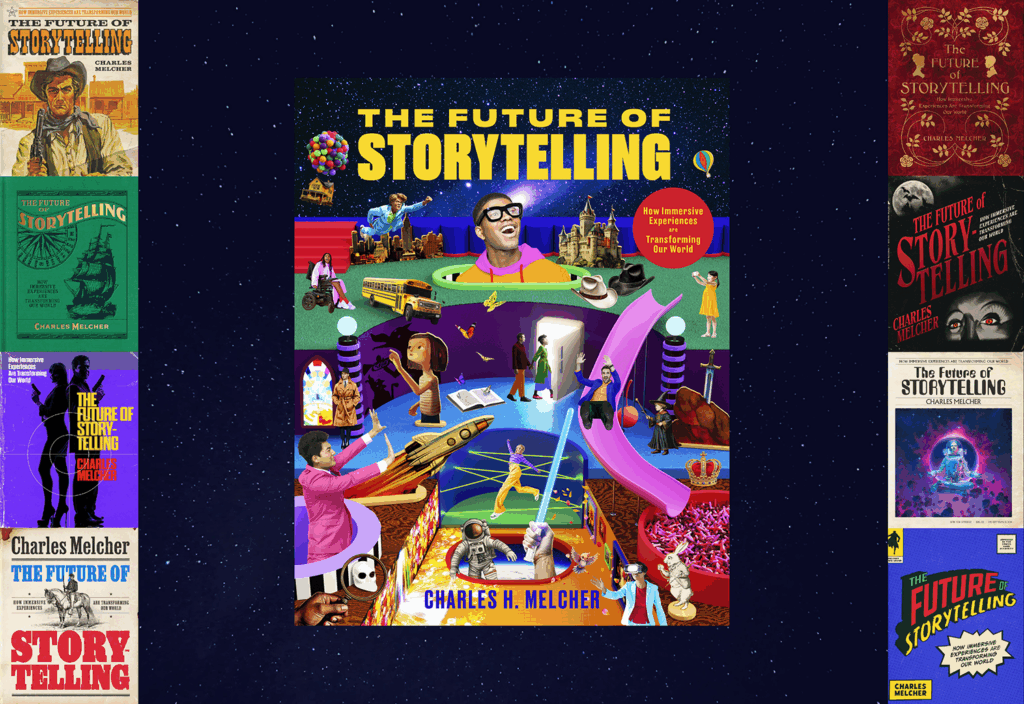
What are biggest digital marketing trends for 2020? More—as in more influencer marketing, more content, more web video and more of what will get digital consumers engaged with your brand online.
Here are seven key digital marketing trends that you should consider investing your time and resources in to succeed in 2020.
1- The Ascent of Social Influencer Marketing
Influencers used to be huge celebrities or “internet celebs” with millions or hundreds of thousands of followers. But now, companies are turning to people with a much smaller social media following to leverage as influencers and reach a targeted audience with a voice they trust.
Influencer marketing has evolved into to become more personalized. As it becomes more authentic, 92 percent of people trust other consumer recommendations over corporate advertising. For this reason, marketers from a leading gaming company launched their highly successful influencer marketing campaign #Superlord on the social video app TikTok, which took Germany by storm:
Further, a mediakix study predicts that the ad spend for influencer marketing could reach $10 billion by next year. It’s clear that influencer marketing is here to stay.
You May Also Enjoy:
- Q&A: PwC’s Path to Digital Transformation
- AI Helps KPMG Realign Digital Marketing Focus
- Five Steps to Successful Digital Transformation
2-Streaming Video Ad Engagement
Video was a digital marketing must in 2019 and it will continue to be one in 2020, according to IAB’s 2019 Video Advertising Spend Report. Marketers report digital budgets increased 25 percent year over year. Consumer viewing habits explain this budget increase—advertisers go where their customers are spending their time. Per the IAB:
- 74 percent of U.S. consumers 13 years and older watch streaming or online video at least weekly and 41 percent watch daily.
- 78 percent of digital video viewers will watch advertising in exchange for free content.
- Online video viewers pay closer attention to both content and ads when watching educational videos.
And, in addition to adding videos to your social networks and on your site, live videos on Facebook Live and Instagram Live get watched 3x longer than videos that aren’t live. It’s time to take streaming and live video ads seriously in 2020.
3-Emerging Tech Rising
From 5G technology on mobile devices to advancements in AI, voice and connected TVs, how consumers engage with ads will truly transform in the coming year:
- 5G technology will transform how consumers access and use content, meaning mobile usage will dramatically increase among global audiences.
- AI tech advancements for content will enable greater personalization in digital video.
- Voice search for smart speakers will continue to expand as homes continue adopting Alexa, Siri and Google Home, and while developers continue to make improvements to accuracy.
- Advancements in connected TVs and OTT (over the top media) will enable users to interact with ads from their TV and mobile devices that lead to increased product placement within streaming video.
4-Interactive Content Takes Off
Ninety-one percent of buyers are looking for more interactive content online. In 2020, content marketing will shift its focus to give audiences more of what they want: shoppable posts, AR/VR, 360-degree video, quizzes and polls are just a few examples of interactive content.
Rome: A Guided City Tour is a great example of a 360-degree video:
https://www.youtube.com/watch?time_continue=1&v=1ziMH_lAUW0
The reason interactive content will be one of 2020’s top marketing trends is because this level of interactivity in retail is new and original—take for instance, a shoppable Free People ad on Instagram. When a user taps the photo, the dress name and price appear. When tapping the price, the user is taken to a screen with more information and the option to view the item on the Free People website. This type of ad cuts through the noise, and gives visitors a reason to stay and engage. And it’s extremely shareable, expanding an ad’s reach even further.
5-Micro-Moments Go Mainstream

Micro-moments are moments when we turn to a device—often a smartphone—to take action on whatever we need or want now. People generally make instant decisions on what to eat, which restaurant to choose, what to purchase or where to go. This tactic looks to take advantage of showing a relevant ad at the right place at the right time to the right audience.
To take advantage of micro-moments in 2020, you need to be where consumers are searching for information in the moment—as Google puts it, marketers have to “be there, be useful, be quick.”
The rise of micro-moments means that marketers must rethink the linear buyer’s journey that follows a set path: awareness, consideration and decision. Today, the customer journey is becoming more of a whirling funnel wherein people think, see or talk about something and then want to learn about it, watch it or buy it, all at an instant. Expectations are high, and patience is low.
Identify your customer’s potential “have to buy” moments, and be ready to deliver quality content in those moments of need for mobile devices, and make it easy for them to then purchase.
6-Social Media Stories Become a Marketing Mainstay
First Snapchat came out with the concept of “My Story,” then Instagram and Facebook stories were introduced, and then YouTube unveiled their own story format: Reels. Now we have the emergence of TikTok, where users create videos on the spot and behind the scenes for a less polished and more authentic look.
Since these types of stories disappear after a set period of time, this is a great opportunity for marketers to make good use of FOMO (fear of missing out).
There are several benefits to using social media stories including:
- Increased brand awareness
- Constant engagement with followers
- Cost-effective ad solution
- Increased traffic to your web page
- Opportunity to reach younger audiences
A simple way to engage users is to add Polls to your Stories. For instance, the National Basketball Association used Polls to ask their followers who they thought would win the upcoming matchups. Additionally, it was a useful tool to build anticipation around the event itself.

Consumers often use Stories to search for local businesses. For instance, on Instagram Stories, some location searches have a story icon that allows users to view recent stories that have used the particular location sticker. Additionally, the use of hashtags for places or events have a similar effect of driving user traffic to that destination to learn more. This is a great way to help your brand get discovered locally.
7-Content Experiences Will be the Face of Content Marketing
“Content experiences” are the amalgamation of content and context. This matters because every piece of content conveys an experience—both good or bad—through elements like design, placement, environment and more.
Consider Coca-Cola’s “Share a Coke” campaign, started in 2011 and still going strong today. Coca-Cola lovers can personalize bottles with their name or friend’s name from the Coca-Cola website or look for a name on a bottle at in a real-world store. The campaign went viral as consumers began posting pictures online with their personalized drinks.
Consumers naturally loved the ability to personalize bottles, and it became a great way for Coke to engage their audience—and get them to make a purchase.
Content experience is about addressing the whole user experience when engaging with the content. It puts control back in the hands of the marketer, while also focusing on the brand experience. It’s about thinking holistically as a marketer, an important part of considering your 2020 strategy.
Sven Lubek is managing director of WeQ.




